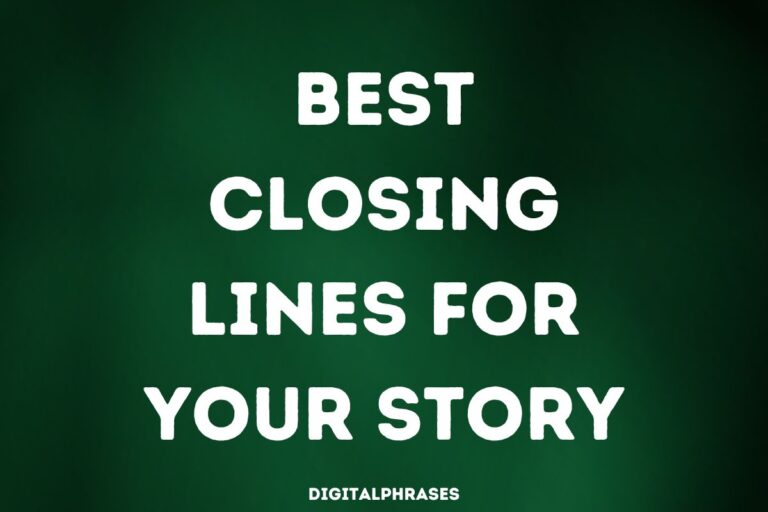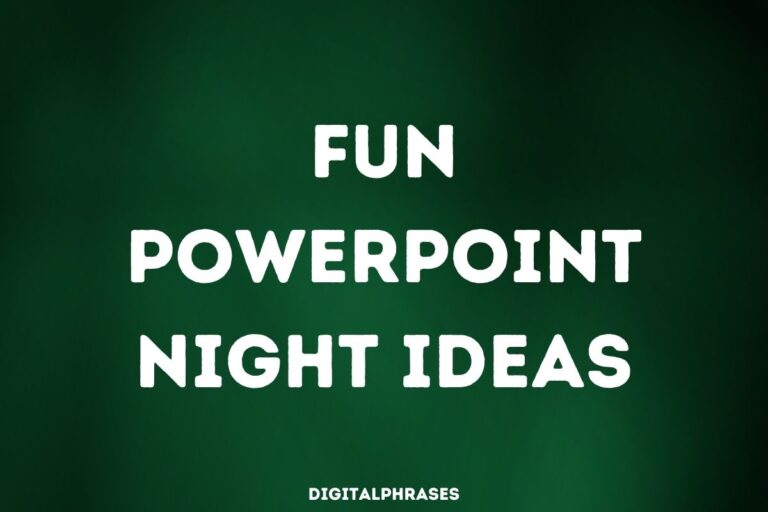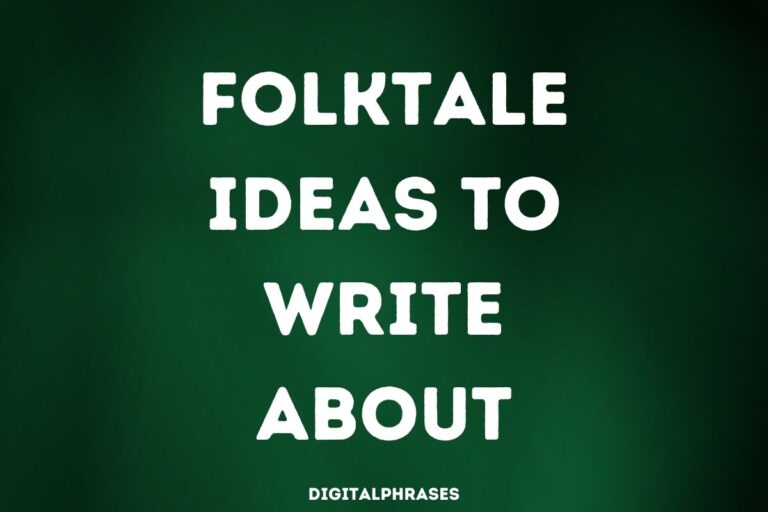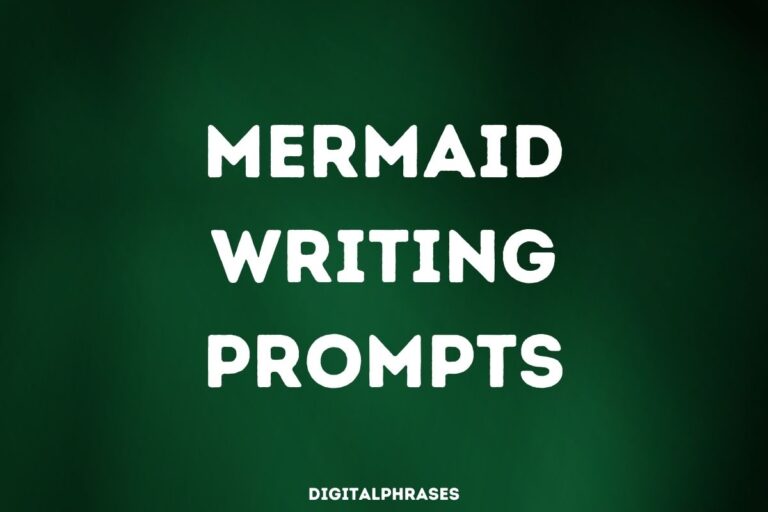28 Good Monster Story Ideas
Ever lose sleep over creepy crawlies that don’t even exist?
Yeah, us too.
Monsters – those creatures that haunt our nightmares and fuel our campfire stories – are pretty dang fascinating. They tap into our deepest fears, wildest dreams, and everything in between.
Think about it: monsters are basically blank canvases for our imaginations. They let us explore the dark corners of what it means to be human, and tell stories that scare us, amaze us, and leave us thinking.
So, if you’ve ever felt the itch to write a story where scary and awesome collide, buckle up!
We’re about to unleash a hoard of monster ideas to spark your creativity.
Get ready for some seriously spooky fun!
Monster Story Ideas
The Shadows of the Mind: A psychological clinic located in a quaint European town is reputed to cure the most challenging cases. However, patients begin to see monstrous shadows, representing their deepest fears. As the story progresses, it’s revealed these monsters are a creation of a new therapeutic technique aimed to force confrontation of one’s internal demons, but the line between reality and illusion starts to blur dangerously.
Sirens of the Silent Ocean: A crew aboard a marine research vessel stumbles upon an uncharted island inhabited by mysterious creatures that emit beautiful, hypnotic sounds. As they get closer, they realize these are modern-day sirens, which embody the loneliness and isolation felt by the modern world. Those who resist the call are the ones who’ve experienced profound solitude in their real lives.
Chrono-Beast: In a world where time can be manipulated, there are creatures who feed on stolen moments. They appear in places where people are most rushed, feeding on wasted or stolen seconds and minutes. As people begin to lose time, they also lose memories. The key to defeating them? Rediscovering the value of patience and the joy in lingering moments.
The Urban Wendigo: Amidst rapid urbanization, a new form of Wendigo emerges, born out of humanity’s insatiable greed for progress. Instead of craving flesh, these entities hunger for resources, causing infrastructure to crumble and environments to degrade. The monster is defeated by a community’s return to sustainable practices and prioritizing preservation over endless expansion.
Mimicry in the Museum: In a renowned museum showcasing ancient artifacts, a creature that embodies the unresolved past begins to take shape. It imitates the appearance and sounds of visitors but subtly exaggerates their flaws or past mistakes. The monster’s intent is to force individuals to confront and reconcile with their history. Reconciliation and forgiveness are the tools for its banishment.
The Hollowed Guardians: In a city with ever-increasing pollution levels, statues start coming to life every night, transforming into grotesque monsters. These creatures are the city’s guardians, twisted and deformed due to the contamination. They hunt those responsible for the decay. The solution lies in the city’s transformation towards a cleaner, more eco-friendly future.
Fugitive of the Rainforest: A deforestation company in the Amazon stumbles upon a creature that seems to be part plant, part human. This entity protects the forest by making those who harm it experience the pain they inflict on the environment. As the forest’s size diminishes, the creature becomes more aggressive. The narrative revolves around the lesson that we must coexist with nature, not dominate it.
The Dream Eaters: In a bustling metropolitan area, people begin to experience chronic fatigue and loss of ambition. Unknown to them, ethereal monsters feed on the dreams and hopes of city dwellers. A group of inspired artists, dreamers, and creatives join forces to combat the threat. Their key weapon: spreading inspiration and reigniting the city’s passion.
Specters of the Screen: As people grow increasingly addicted to their screens, monsters manifest from the digital realm, feeding on the attention and energy of the hooked users. These creatures grow stronger with every like, share, and scroll. The battle against them involves rediscovering genuine human connection, and the importance of being present in the real world.
Whispers of the Library: In an ancient library, some books are cursed with creatures that arise from the strongest emotions of their authors. Readers get trapped within the pages, living out the stories as the monsters chase them. Escaping the tale involves understanding the author’s original intent and finding the true meaning behind the story.
Echoes of the Lost City: Archaeologists exploring a submerged city accidentally awaken monstrous spirits of the drowned citizens. The creatures, angered by modern civilization’s neglect of their history, wreak havoc. The solution lies in acknowledging the past and honoring forgotten civilizations.
Labyrinth of Mirrors: In a grand carnival, there’s a mirror maze where monsters reside, mimicking the visitors’ worst self-images and insecurities. As visitors confront these monstrous reflections, they must overcome self-doubt and learn to accept and love themselves as they are.
Monsters of the Market: In a busy marketplace, monsters materialize from the greed and deceit of sellers trying to cheat their customers. They lure shoppers with irresistible deals, only to consume their avarice and gullibility. Defeating these creatures involves promoting honesty, integrity, and fair trade.
Wraiths of the Wasteland: In post-apocalyptic ruins, monsters born of humanity’s negligence roam, feeding on any remaining life. These creatures are a direct result of society’s failure to address climate change. Battling them requires survivors to rebuild society with an emphasis on sustainability and care for the planet.
The Silent Stalkers: In a world where spoken words have become rare due to a mysterious pandemic, monsters are drawn to any voice they hear. They embody the world’s lost conversations and unsaid feelings. To banish them, people must rediscover the power of communication and the beauty of verbal expression.
The Starved Specters of the Feast: In a land of plenty, there are still those who go hungry. From this disparity arise specters that feed on the excesses of the wealthy, leaving them ravenous. The key to confronting these entities is a societal shift towards equity, sharing, and compassion for all.
Ghosts of the Grid: In a world powered by a vast electrical grid, energy-consuming monsters emerge from power surges and blackouts. These creatures are a manifestation of society’s over-reliance on electricity and the grid’s neglect. The solution lies in utilizing renewable energy and respecting the balance of power.
The Melancholy Mists: In a coastal town, fog rolls in carrying with it creatures birthed from unresolved grief. These monsters latch onto individuals, amplifying their sorrow. To dissipate them, the town must come together for a communal healing, emphasizing the importance of collective mourning and support.
Sentinels of the Soil: As a consequence of excessive pesticide and chemical use, monstrous entities rise from the earth. They terrorize farms and cities, seeking revenge for the soil’s poisoning. Their defeat comes from adopting organic farming practices and honoring the land.
Harbingers of Silence: With the world noise-polluted by endless chatter and machinery, monsters that absorb sound start appearing. They leave behind a deafening silence, making communication impossible. Victory over these entities requires a global movement towards appreciating quiet moments and reducing noise pollution.
The Forgotten Fiends: In a digitized age, neglected books in a dilapidated library unleash monsters, representing forgotten knowledge and tales. These creatures challenge society’s fleeting memory. The antidote is a revival of traditional storytelling and the rekindling of a passion for literature.
Gargoyles of the Galaxy: Space exploration discovers monstrous stone entities lurking on a distant moon. These gargoyles feed on the ambitions of astronauts and explorers, turning them to stone. The key to their defeat is respecting the vastness of space and understanding that not all mysteries are meant to be unraveled or conquered.
Banshees of the Broadcast: In a world obsessed with news and sensationalism, monsters arise from TV broadcasts, representing the chaos of misinformation. They spread confusion and mistrust wherever they go. To banish them, society needs to champion truth, authentic journalism, and media literacy.
Phantoms of the Photo: In a society fixated on picture-perfect moments, monsters spawn from over-filtered and manipulated photos, reflecting distorted self-images. They confront individuals with their insecurities. The remedy is a movement towards authenticity, self-acceptance, and the beauty of real moments.
Guardians of the Genome: As genetic modification becomes the norm, monsters emerge from altered DNA strands, representing the unintended consequences of tampering with the natural order. These creatures wreak havoc, targeting biotech labs and scientists. The answer to quelling them lies in understanding the sanctity and complexity of life’s blueprint and the dangers of playing god.
The Webbed Wraiths: As people become ensnared in the addictive loops of social media algorithms, monsters materialize from the very code of these platforms. They trap users in endless virtual mazes, echoing the spiral of online addiction. Freedom from these entities comes with digital detoxification and finding balance between the online and offline worlds.
Nomads of the Neon Desert: In a future where natural landscapes are replaced by virtual reality paradises, monsters, formed from glitches and corrupted data, begin to replace fauna. They remind people of the lost connection to the true natural world. Their dissipation requires humanity to reconnect with nature and value tangible reality over fabricated virtual utopias.
Sentinels of the Sewers: Due to the continuous disposal of waste and harmful chemicals, monstrous guardians rise from city sewers. These beings, once protectors of freshwater sources, now seek retribution for the contamination. Their reign of terror can only end with sustainable waste management and a renewed respect for freshwater resources.






